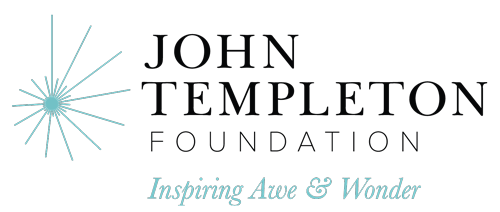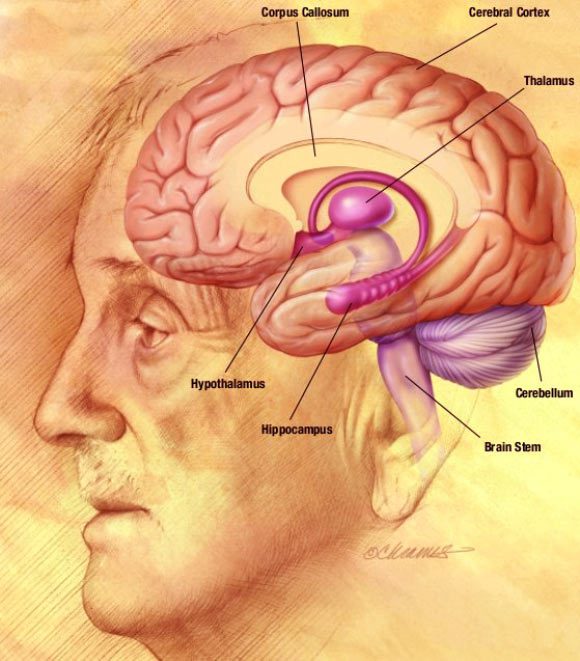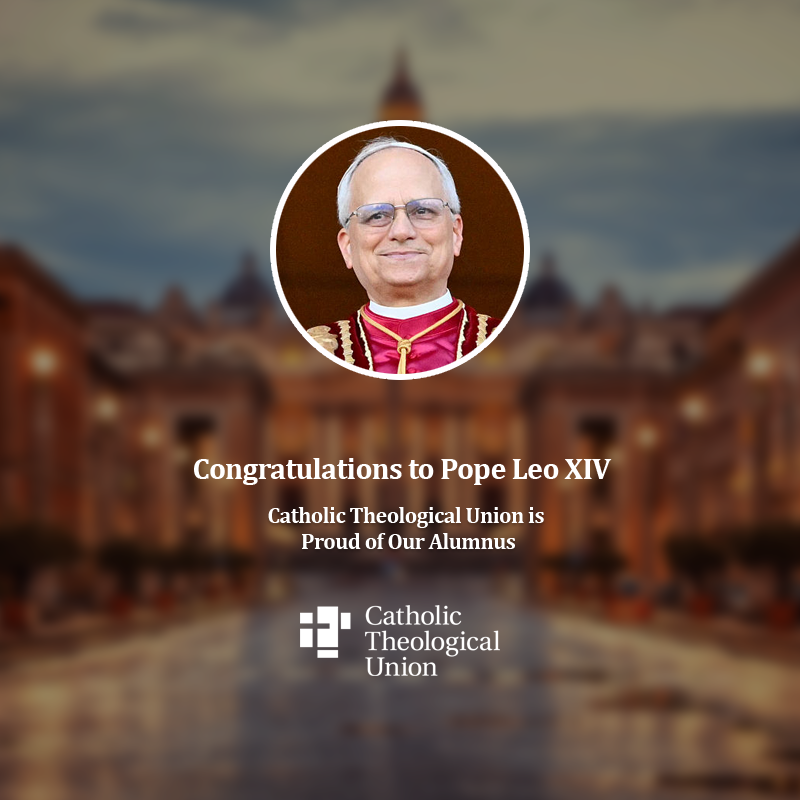Why this feast? Is the Church a building? How unity in the church, and making Christ visible, can be an antidote to a fragmented and discordant world.
- Paralysed man with severed spine walks thanks to implant https://www.bbc.co.uk/news/science-environment-60258620, and https://www.healthline.com/health-news/scientific-advances-are-allowing-people-with-paralysis-to-walk-again#Advances-in-the-field-of-paralysis
Summary of articles: Neurosurgeons at a hospital in Switzerland have helped a paralyzed man with a severed spinal cord to walk again. An electrical implant surgically attached to the man’s spine sends signals to electrodes attached to the nerve fibers in the man’s legs, allowing him to stand and walk. This trial procedure known as Epidural electrical stimulation (EES) has the potential to improve the quality of life for many suffering from serious spinal injuries.
Link with the Feast: St. Paul uses the image of the body in his ecclesiology (2nd reading). An implant of faith and love can make connections and stimulate life in our increasingly divisive and fractured world.
- The Harvard Study of Adult Development https://news.harvard.edu/gazette/story/2017/04/over-nearly-80-years-harvard-study-has-been-showing-how-to-live-a-healthy-and-happy-life/
- Summary of article: In 1938 scientists began tracking the health of 268 students, they hoped the longitudinal study would reveal clues to leading healthy and happy lives. This Harvard Study of Adult Development has continued for over 80 years and now involves the offspring of the original group and numbers over 1,300 participants. A key finding of this extensive research is that close relationships with family, friends, and community, is a better indicator of future health and happiness than even social class, cholesterol levels, IQ, or genes – “the key to healthy aging is relationships, relationships, relationships.”
- Link with the Feast: The health and happiness of our communities, the church and humanity, is also reliant on good relationships. This Feast (including the readings and text of the Mass) gives us some insights on how we can build healthy relationships.
Homily Outline Combining Resources
Homily outline:
- Why this Feast? Our first reaction to this Feast may be to ask, “what has this got to do with me or with people in the far-flung corners of the world? After all isn’t it a feast of a church building in Rome?” Yes, we do celebrate a physical building that we may never set eyes upon, but this Feast is about much more, and with some reflection we can see that this Feast does have something important to say to us today.
- History The basilica of St. John Lateran is the cathedral church of the bishop of Rome, the Pope. It has the title “Mother and Head of all the Churches in the City and in the World.” The original church was dedicated on 9 November 324 CE. Over the centuries it has been destroyed by earthquakes, fires, and attacks. Despite all these serious setbacks the church has been painstakingly rebuilt many times. This is because this Basilica symbolizes something very important: the unity of the church.
- Unity Christian communities throughout the world are built on one foundation, which is Christ. By celebrating this feast, we show we are united with the Pope and with each other “for in the Spirit we were all baptized into one body …. now you are Christ’s body” (1 Cor 12). The Church is not primarily a building but a community. St Paul tells the community at Corinth in the second reading “You are God’s building.” We are the place where God wishes to dwell, so that we may reveal God’s loving presence to others.
- The need for Healing The message that we give, as members of a community of love, is vital in a world which seems to be more fractured than ever. Increased family breakdown, the loneliness of the elderly, poisonous political rhetoric, international terrorism, wars, and extremism of various kinds are indications of our fractured communities. The church too has been damaged from within through various abuses down the centuries and is in danger of becoming more polarized. There is urgent need for healing.
- St. Paul’s Cure Paul’s second letter to the Corinthians can be a great help. This whole letter was written by Paul in response to divisions in the community at Corinth. It is no coincidence that Paul immediately follows his reflection on the body (the church) with his beautiful insights on love (1 Cor 13). Love is the key to a united and healthy body. Love is the implant that can overcome divisions and stimulate life and warmth where relationships have been severed. Love revives and restores relationships. St. John of the Cross tells us “Put love where there is no love, and there you will draw out love.” https://carmeliteinstitute.net/the-power-of-love-in-saint-john-of-the-cross/
- A place of Encounter St. Paul could write so beautifully about love because he encountered the One who is love: the Risen Christ. He made it his life mission to help people know Christ. The purpose of the church is to create opportunities for people to encounter Christ, and to receive His love and healing. We can do this more effectively if we are united and faithful “your light must shine before others, that they may see your good deeds and glorify your heavenly father” (Matt 5:16). Sharing our time and expertise creates an environment where love can grow. Our parish activities, our outreach, and our buildings, give visibility to our faith, remind people of God’s presence, and helps them experience God’s love. In this way we become implants of love and bring life.
- Reason for Hope Eucharistic Prayer for Reconciliation II acknowledges that “though humanity is divided by dissension and discord” God can “move human hearts that enemies may speak to each other again” so that “those of every race and tongue” can share in “the unending banquet of unity.” Divisions should not lead us to despair. Repairs and renewal are possible and new innovations and structures can be conceived with divine help – the building work continues.
Related Homily Outlines
Couldn’t find what you’re looking for?
Try searching with another filter

Preaching with Sciences

Edward Foley, Capuchin
Duns Scotus Professor Emeritus of Spirituality
Professor of Liturgy and Music (retired)
Catholic Theological Union
Vice-Postulator, Cause of Blessed Solanus







